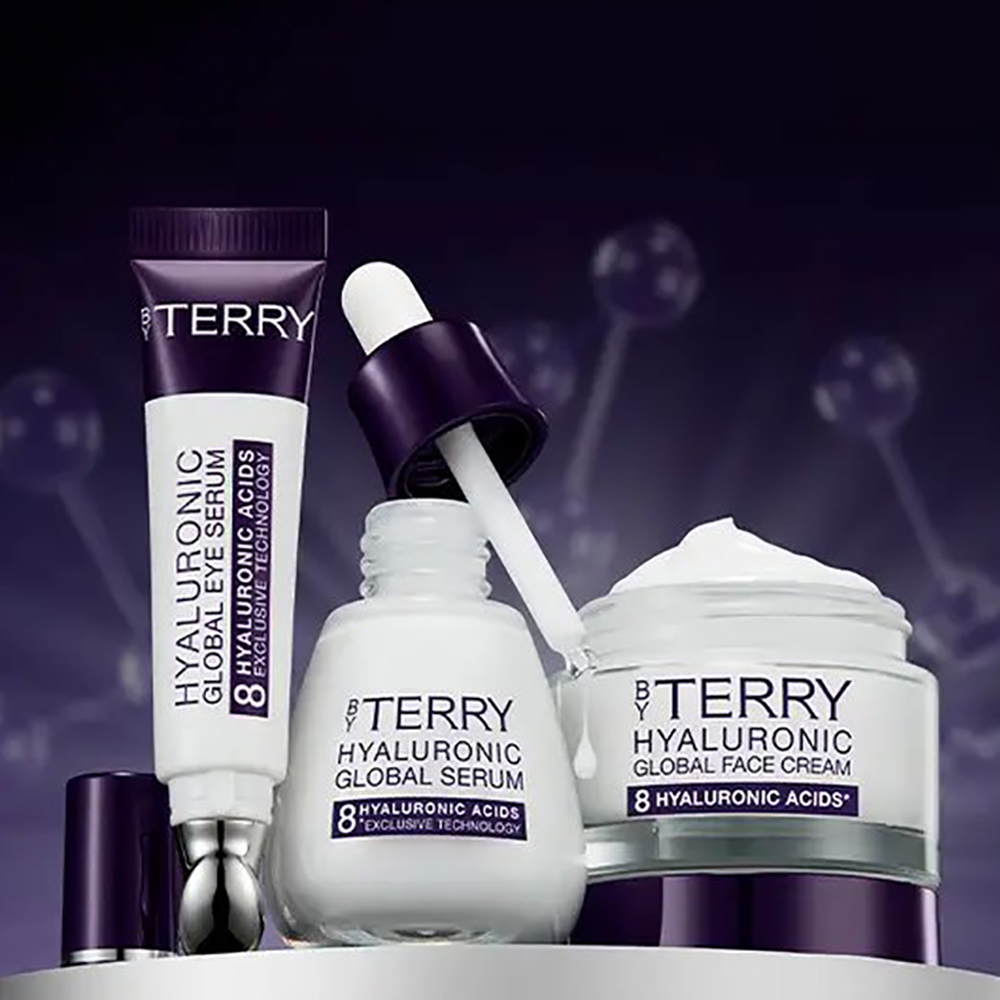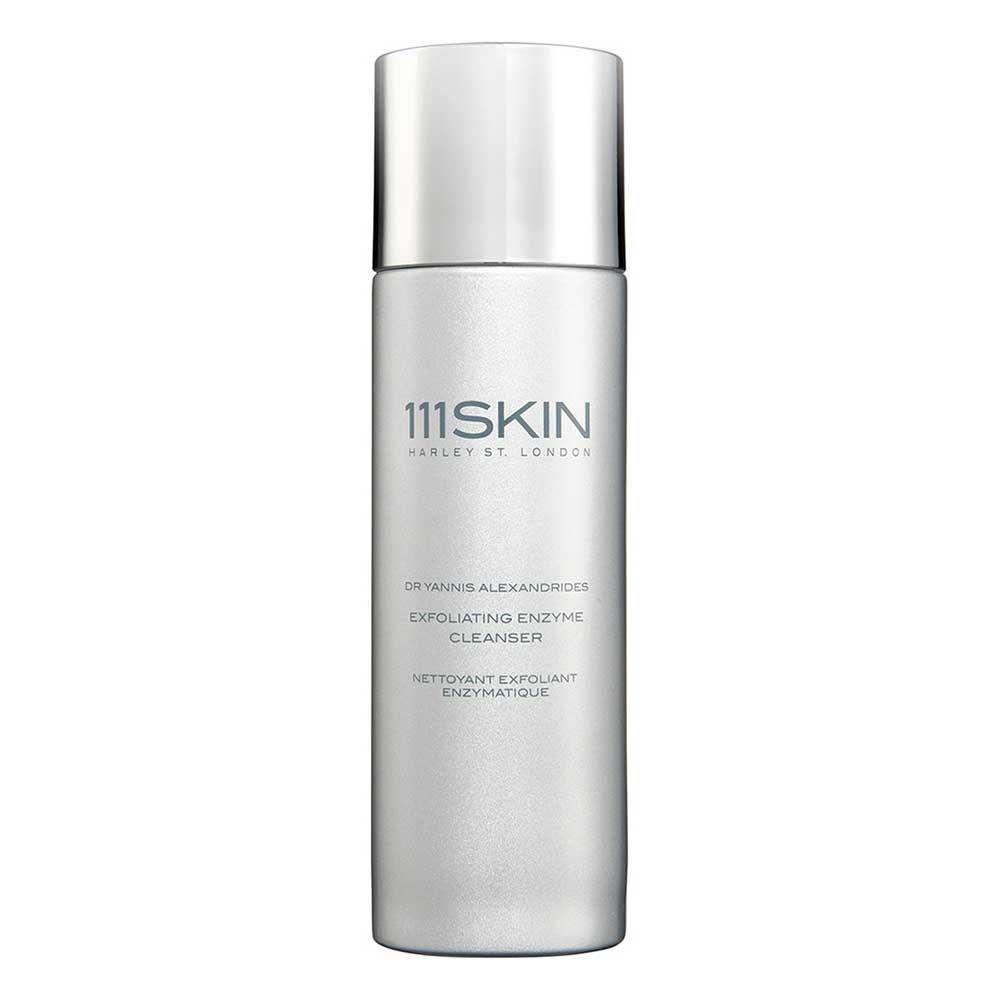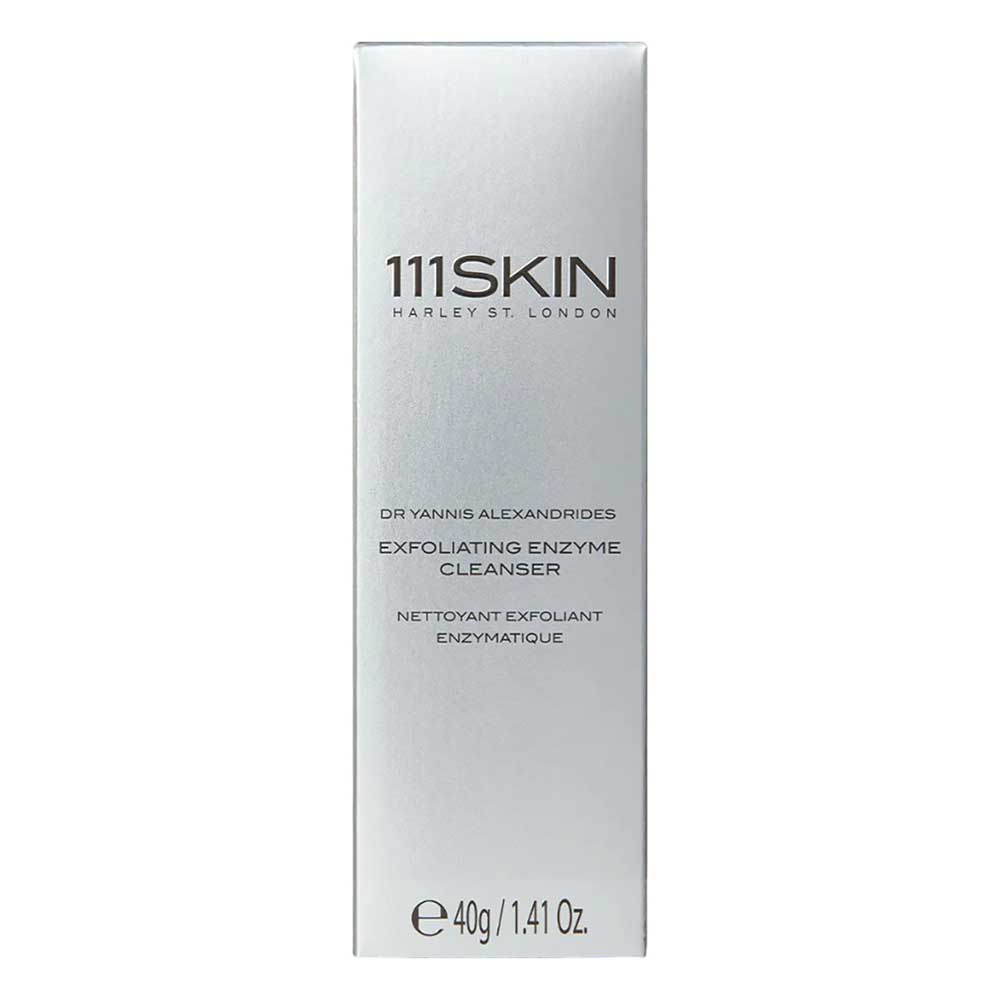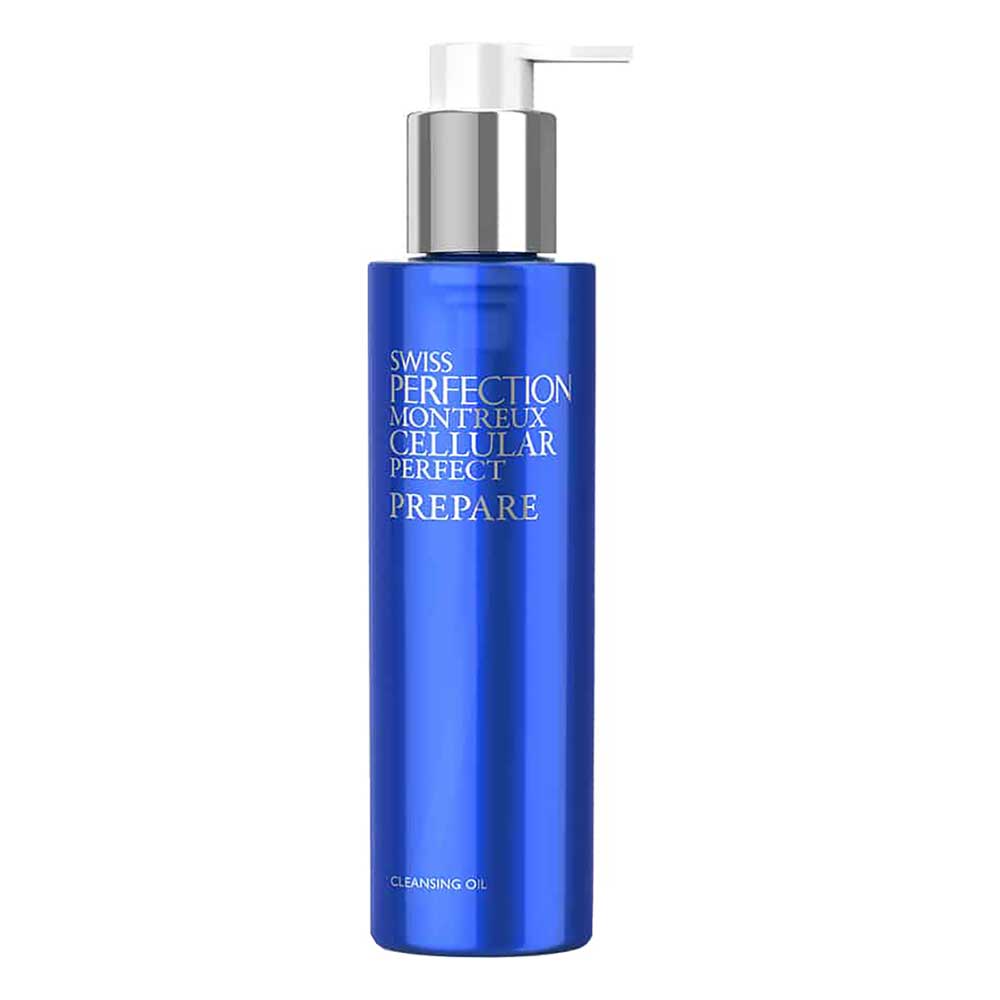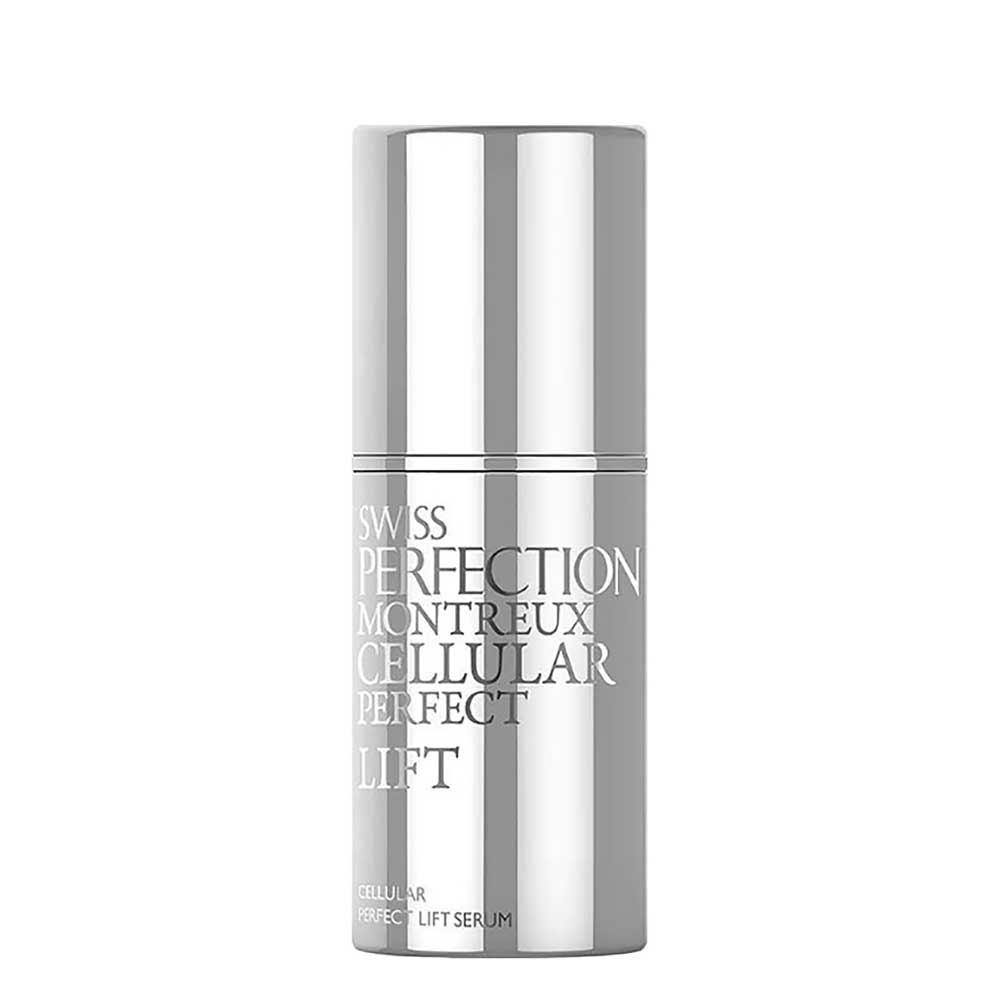
Skincare acids are the ultimate game-changer for achieving flawless skin. However, with so many different types of acids available in the market, it’s essential to know how to use them properly to avoid damaging your skin. If you’re keen on including these acids in your skincare routine but don’t know where to start, this ultimate guide is perfect for you. We’ll cover everything from the types of acids available, their benefits, how to use them, and common mistakes to avoid.
Types of Skincare Acids
Skincare acids come in different types and concentrations, but not all are suitable for every skin type. It’s essential to identify which type of acid will work best for your skin concern. Here are some of the most common acids used in skincare:
1. Glycolic Acid
Glycolic acid is an Alpha Hydroxy Acid (AHA) derived from sugar cane. It’s the smallest AHA and can penetrate the skin deeply, making it effective for exfoliating and reducing the appearance of fine lines, acne scars, and hyperpigmentation. It’s suitable for all skin types, especially oily and acne-prone skin.
2. Salicylic Acid
Salicylic Acid is a Beta Hydroxy Acid (BHA) derived from willow bark. It’s commonly known for its ability to penetrate deep into the pores, where it dissolves excess oil and debris that may cause breakouts. It’s best suited for oily or acne-prone skin types.
3. Lactic Acid
Lactic Acid is an alpha hydroxy acid derived from milk. It’s similar to glycolic acid but has a larger molecule, making it a gentler option for sensitive skin types. It’s perfect for reducing hyperpigmentation, improving skin texture, and reducing the appearance of wrinkles.
4. Hyaluronic Acid
Hyaluronic Acid is not an exfoliating acid. Instead, it’s a humectant that keeps the skin hydrated and plump. It’s a must-have ingredient in your skincare routine if you have dry or dehydrated skin.
How to Use Skincare Acids Properly
When it comes to acids, more isn’t always better. It’s crucial to follow the instructions on the packaging and start slowly to avoid irritation, redness or burning sensations. Here’s how to incorporate acids in a skincare routine:
Step 1: Cleanse your face using a gentle cleanser.
Step 2: Apply the acid to a cotton pad and pat gently on the skin, avoiding the eye and lip areas.
Step 3: Wait for a few minutes (around 5-10 minutes) before applying the next product in your skincare routine to allow the acid to penetrate the skin properly.
Step 4: Apply a moisturizer or SPF to protect the skin.
Common Mistakes to Avoid
When using skincare acids, there are some common misconceptions that can lead to disastrous results. Here are some mistakes to avoid:
1. Over-exfoliating
Over-exfoliating is the most common mistake when it comes to acids. It can cause redness, flakiness, and even breakouts. It’s crucial to start slowly, using the acid once or twice a week and then gradually increasing the frequency, depending on how your skin reacts.
2. Using too many acids at once
Using too many acids at once can also cause irritation and sensitivity. It’s essential to introduce one acid at a time and see how your skin reacts before adding a new one.
3. Skipping Sunscreen
Skipping SPF is a big no-no when using acids. Acids can make the skin sensitive to UV rays, leading to sun damage, dark spots, and even skin cancer. Always apply an SPF of at least 30 every day, even if you’re staying indoors.
4. Not Moisturizing Enough
Acids can be drying, which is why it’s crucial to apply a moisturizer after applying the acid. A good moisturizer helps lock in moisture and keeps the skin hydrated.
In conclusion, incorporating skincare acids in your routine can be a beneficial step towards achieving healthy and glowing skin. However, it’s crucial to use them correctly and avoid common mistakes to avoid damage to your skin. Remember to start slowly, use one acid at a time, and always apply sunscreen and moisturizer after applying the acid.




